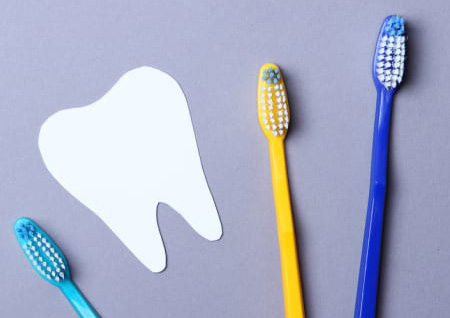The Government of the Northwest Territories (GNWT) sponsors the Métis Health Benefits Program to provide eligible Indigenous Métis residents of the Northwest Territories access to a range of health benefits, including dental care.
Patients under the Métis Health Benefits Program are offered 100 percent coverage of the cost of eligible dental services, as defined by Indigenous Services Canada’s NIHB Schedule of Dental Benefits.
Prior approval is recommended for all dental services.
Covered services may include:
- Check-ups
- Cleanings
- Fillings
- Extractions
- Root canals
- Dentures
- Orthodontics
Eligibility for the NWT Métis Health Benefits Program
In order to qualify for this program, applicants must:
- Be a permanent resident of the Northwest Territories (NWT)
- Have a valid NWT Health Care Card
- Indicate self-identification as Métis
- Declare they are not registered under the Indian Act (commonly referred to as ‘status Indian’) or an Inuk recognized by an Inuit land claim organization
- Provide a letter from one of the Indigenous organizations/governments confirming they are a member and hold Aboriginal rights in the NWT.
Patients who have access to benefits under an employer or other plan will not be eligible for assistance under the Métis Health Benefits Program.
Alberta Blue Cross administers the Métis Health Benefits Program on behalf of the Government of Northwest Territories. Each person registered in this program is provided with an Alberta Blue Cross identification card. This card will need to be presented at each visit.
Patients should speak with their dental provider regarding eligible benefits, as participation in this program is voluntary for dental professionals. If the dental provider is outside the Northwest Territories, patients should contact Alberta Blue Cross or Health Services Administration for more information.
Most providers directly bill Alberta Blue Cross, allowing patients to avoid paying out of pocket for services. If the dental care provider does not accept direct billing, patients will need to submit their claim with original receipts:
- On the Alberta Blue Cross member site
- Through the Alberta Blue Cross My Benefits app
- By mailing a completed Health Services Claim Form to Alberta Blue Cross
Patients who submit their claim online can sign up to receive reimbursement through direct deposit. Otherwise, reimbursement will be mailed to the home address.
Patients can only claim benefits deemed eligible according to the Indigenous Services Canada NIHB schedule. All claims for reimbursement must be submitted within 12 months of the date on the receipt.
How to Apply to the NWT Métis Health Benefits Program
Applicants should complete and submit the Métis Health Benefits Program Application. There is no fee to apply for these benefits.
The completed form can be faxed, emailed or mailed to the Health Services Administration at the Department of Health and Social Services.
NWT Métis Health Benefits Program FAQs
How long does it typically take to receive reimbursement for dental services?
If you submit your claim through the Alberta Blue Cross My Benefits Member app or Member site before 5 PM MT, Alberta Blue Cross may be able to reimburse you by the next business day through direct deposit. This only applies if there are no delays with your bank. If you send in the claim by mail, it can take approximately two weeks to be received and processed, after which you will receive reimbursement by mail.
What types of dental services are not covered under the Métis Health Benefits Program, according to the Indigenous Services Canada NIHB schedule?
The Métis Health Benefits Program, administered by Indigenous Services Canada, generally covers most dental services, but certain procedures, like those outside the NIHB program's scope, are not covered. These include but are not limited to cosmetic procedures, bone grafts, and mouth guards.
References
- NWT Health and Social Services, Applying for Métis Health Benefits Program
- Government of Canada, Dental Benefits Guide for First Nations and Inuit: Non-Insured Health Benefits program
- Alberta Blue Cross
- Alberta Blue Cross, ID Card
- NWT Health and Social Services, NWT Health Care Card
- NWT Health and Social Services, Applying for Métis Health Benefits Program
- NWT Health and Social Services, Métis Health Benefits Application
*The content provided in this article, including text, graphics, and referenced material, is intended for informational purposes only and is not a substitute for professional dental advice, diagnosis, or treatment. Always consult with your dentist or another qualified oral health professional for questions regarding your dental condition. Never disregard professional dental advice or delay seeking it based on information from this article. If you believe you have a dental emergency, contact your dentist, or seek immediate assistance from an oral healthcare professional.




